What are AI Agents?
Ready to turn AI buzz into business value? (Sponsored)
Successful AI transformation starts with deeply understanding your organization’s most critical use cases. We recommend this practical guide from You.com that walks through a proven framework to identify, prioritize, and document high-value AI opportunities.
In this AI Use Case Discovery Guide, you’ll learn how to:
Map internal workflows and customer journeys to pinpoint where AI can drive measurable ROI
Ask the right questions when it comes to AI use cases
Align cross-functional teams and stakeholders for a unified, scalable approach
Imagine asking a digital assistant to help plan a weekend trip. Instead of simply searching for flights when we type “flights to Paris,” it understands our broader goal. It checks flight options, compares hotel prices in different neighborhoods, looks up the weather forecast, and even suggests popular restaurants near our hotel. It remembers if we had mentioned a tight budget earlier in the conversation and adjusts its recommendations accordingly.
This is an AI agent at work, a system that doesn’t just respond to commands but actively works toward accomplishing our goals.
Traditional software programs follow rigid, predefined instructions. A calculator app performs the exact operation we specify. A search engine returns results for our query, but doesn’t take further action. These programs are powerful, but they’re fundamentally passive. They wait for our explicit commands and execute them precisely as programmed.
AI agents represent something fundamentally different. They can perceive their environment, make decisions based on what they observe, use various tools to accomplish tasks, and adapt their approach when things don’t go as planned. They exhibit a degree of autonomy that traditional software simply doesn’t have.
This shift from passive programs to active agents is transforming how we interact with technology and how software gets built.
In this article, we’ll explore what AI agents really are, understand the key characteristics that define them, and examine the different types of agents ranging from simple to sophisticated.
The Fundamentals of AI Agents
At its core, an AI agent is a software system that can perceive its environment, make decisions, and take actions to achieve specific goals with some degree of independence. The word “agent” is key here. Just as a travel agent acts on our behalf to find flights and negotiate deals, an AI agent acts on behalf of users or systems to accomplish tasks without needing constant guidance for every single step.
The distinction between traditional programs and AI agents comes down to how they operate.
Traditional software follows a predetermined path. When we use a spreadsheet program, it performs calculations exactly as we specify through formulas. When we click a button in an application, it executes a fixed sequence of operations. The behavior is entirely predictable because every scenario has been explicitly programmed.
AI agents, however, can navigate uncertain situations and make choices based on their observations. They don’t just execute instructions, but figure out what needs to be done and how to do it.
This capability has become particularly powerful with the emergence of large language models. These models, trained on vast amounts of text data, have developed remarkable abilities to understand natural language, reason about problems, and generate human-like responses. When we combine these language models with the ability to use tools and take actions, we get modern AI agents. The language model serves as the “brain” that processes information, makes decisions, and determines the best course of action. It can break down complex requests, understand context and nuance, and communicate naturally with both humans and other systems.
Four key characteristics define what makes something an AI agent:
First is autonomy, or the ability to operate without constant human intervention and make decisions independently.
Second is reactivity or responding appropriately to changes in the environment and new information.
Third is proactiveness, which is about taking initiative to achieve goals rather than just reacting to immediate stimuli.
Fourth is social ability, or the capacity to interact with other agents or humans through some form of communication.
Together, these characteristics enable agents to handle complex, multi-step tasks that would be difficult or impossible for traditional software to manage effectively. When we ask an agent to “prepare a monthly sales report,” it can understand that this involves gathering data, performing analysis, creating visualizations, and formatting everything coherently, all without us specifying each step.
How AI Agents Actually Work?
Understanding how AI agents function requires grasping a fundamental concept called the agent loop.
This is the continuous cycle that agents follow as they work toward their goals: perceive the current situation, think about what to do next, act by taking a specific step, observe the results of that action, and then repeat the process. This cycle continues until the agent determines it has completed the task or needs human assistance to proceed further.
The diagram below shows the basic setup of an AI agent.
Let’s walk through a concrete example to see this in action.
Imagine we ask an AI agent to help plan a vacation to Tokyo for next month.
The agent first perceives our request and understands the goal, which is to find flights, accommodation, and create an itinerary within our constraints.
In the thinking phase, it determines that the first logical step is to search for available flights during our preferred dates. It then acts by using a flight search tool to query available options.
After executing this action, it observes the results, perhaps discovering that direct flights are expensive but connecting flights offer significant savings.
Based on this observation, the agent thinks again and decides to present both options while noting the trade-offs.
It might then move to the next step, searching for hotels near popular attractions or transit hubs, again observing the results and adapting its recommendations based on what it finds.
This brings us to a crucial aspect of modern AI agents, which is their ability to use tools.
An agent isn’t limited to just processing information and generating text responses. It can invoke various tools to extend its capabilities. These tools might include web search engines to find current information, APIs to check flight prices or weather forecasts, calculators for complex computations, code interpreters to analyze data, or databases to store and retrieve information. When the vacation planning agent needs current flight prices, it can use a flight search tool. When it needs to know the weather in Tokyo next month, it uses a weather API. The agent decides which tools to use and when to use them based on what it’s trying to accomplish.
This observation and adaptation phase is what separates agents from simple automated scripts.
After each action, the agent examines the results and adjusts its strategy accordingly. If a hotel search returns no available rooms in our preferred neighborhood, the agent doesn’t just give up or blindly continue with its original plan. Instead, it observes this obstacle and adapts, perhaps expanding the search to nearby areas or adjusting the date range slightly. This feedback loop allows agents to handle unexpected situations, work around problems, and refine their approach iteratively until they achieve the desired outcome or determine that the goal cannot be reached with available resources.
Types of AI Agents
AI agents exist along a spectrum of complexity and capability. Understanding the different types helps us recognize which kind of agent is most suitable for various tasks and what we can reasonably expect from each.
Let’s explore the main categories, moving from the simplest to the most advanced.
Simple Reflex Agents
Simple reflex agents are the most basic type, operating on straightforward condition-action rules. These agents perceive the current state of their environment and respond with predetermined actions based on pattern matching.
See the diagram below:
Think of a thermostat. When the temperature drops below the set threshold, it turns on the heating. However, when the temperature rises above another threshold, it turns off the heating. In the software world, a basic customer service chatbot that recognizes keywords like “refund” and responds with a preset message about the refund policy is a simple reflex agent. These agents are fast, predictable, and easy to build.
However, they’re severely limited because they have no memory of past interactions and cannot handle situations their designers didn’t explicitly anticipate. They work well for repetitive, well-defined scenarios but struggle with tasks that require nuance or context.
Model-Based Agents
Model-based agents represent a significant step up in sophistication because they maintain an internal representation of the world that they cannot directly perceive. This internal model helps them make better decisions even when they lack complete information about their environment.
See the diagram below that shows the setup for a model-based agent:
Consider a robot vacuum cleaner navigating a home. It cannot see the entire floor layout at once, but as it moves around, it builds a mental map of where furniture is located, which areas it has already cleaned, and where obstacles exist. This internal model allows it to plan efficient cleaning routes and avoid repeatedly bumping into the same obstacles.
In the context of AI assistants, a model-based agent might keep track of what information it has already gathered during a conversation, what tools it has tried, and what the current state of a multi-step task is. This memory of past states is crucial for maintaining coherence across extended interactions and making informed decisions based on accumulated knowledge rather than just the immediate present.
Goal-Based Agents
Goal-based agents take things further by explicitly working toward specific objectives rather than simply reacting to current conditions.
These agents evaluate different possible actions by considering whether those actions help achieve their goals. They can look ahead, anticipate consequences, and choose behaviors that lead to goal satisfaction even if the path isn’t immediately obvious.
Imagine an AI agent helping someone prepare for a job interview at a technology company. The agent understands that the overarching goal is thorough interview preparation. It reasons about what this requires: researching the specific company and role, identifying common interview questions for that position, helping craft strong answers based on the candidate’s background, suggesting technical topics to review, and creating a study schedule for the remaining time. Each action the agent takes is evaluated based on whether it contributes to the goal of being well-prepared.
This forward-thinking capability allows goal-based agents to handle complex tasks that require planning and sequencing multiple steps toward a desired outcome.
Utility-Based Agents
While goal-based agents treat objectives as binary (achieved or not achieved), utility-based agents work with a more nuanced measure of success. These agents use a utility function that quantifies how desirable different outcomes are, allowing them to make decisions that optimize overall satisfaction rather than just checking boxes. This becomes essential when dealing with trade-offs or competing priorities.
Consider an agent planning our vacation.
A goal-based agent might successfully find a trip within our budget and dates. A utility-based agent, however, considers multiple factors simultaneously: cost, travel time, accommodation quality, proximity to attractions, weather conditions, and available activities. When choosing between a budget hotel requiring an hour’s commute to attractions versus a pricier but centrally located option, the utility-based agent weighs these trade-offs against our preferences and constraints. It doesn’t just find a solution, but tries to find the best solution according to a holistic evaluation of what matters most.
Learning Agents
Learning agents represent the most advanced category because they improve their performance over time through experience.
A learning agent has several components working together:
A performance element that selects actions.
A critic that provides feedback on how well the agent is doing.
A learning element that makes improvements based on this feedback.
A problem generator that encourages exploration of new approaches.
See the diagram below:
In practice, this might look like a customer service agent who tracks which responses lead to customer satisfaction and which lead to escalation or complaints.
Over time, it learns which communication styles work best for different types of issues, which solutions are most effective for common problems, and when to escalate matters to human representatives. The agent might maintain a long-term memory of successful strategies, user preferences, and effective problem-solving patterns.
This ability to learn and adapt means the agent becomes more valuable and efficient the longer it operates, continuously refining its approach based on real-world outcomes.
Conclusion
AI agents represent a fundamental shift in how we interact with software. Instead of writing explicit instructions for every step a program should take, we’re moving toward a world where we describe what we want to accomplish and let agents figure out how to do it. This paradigm change has profound implications for software development and how we think about building intelligent systems.
The role of agents in software development is growing rapidly.
We’re seeing agents that write code, debug applications, analyze data, manage workflows, and coordinate complex multi-system operations. As these technologies mature, developers will increasingly work alongside agents as collaborators rather than just building traditional applications.
SPONSOR US
Get your product in front of more than 1,000,000 tech professionals.
Our newsletter puts your products and services directly in front of an audience that matters - hundreds of thousands of engineering leaders and senior engineers - who have influence over significant tech decisions and big purchases.
Space Fills Up Fast - Reserve Today
Ad spots typically sell out about 4 weeks in advance. To ensure your ad reaches this influential audience, reserve your space now by emailing sponsorship@bytebytego.com.


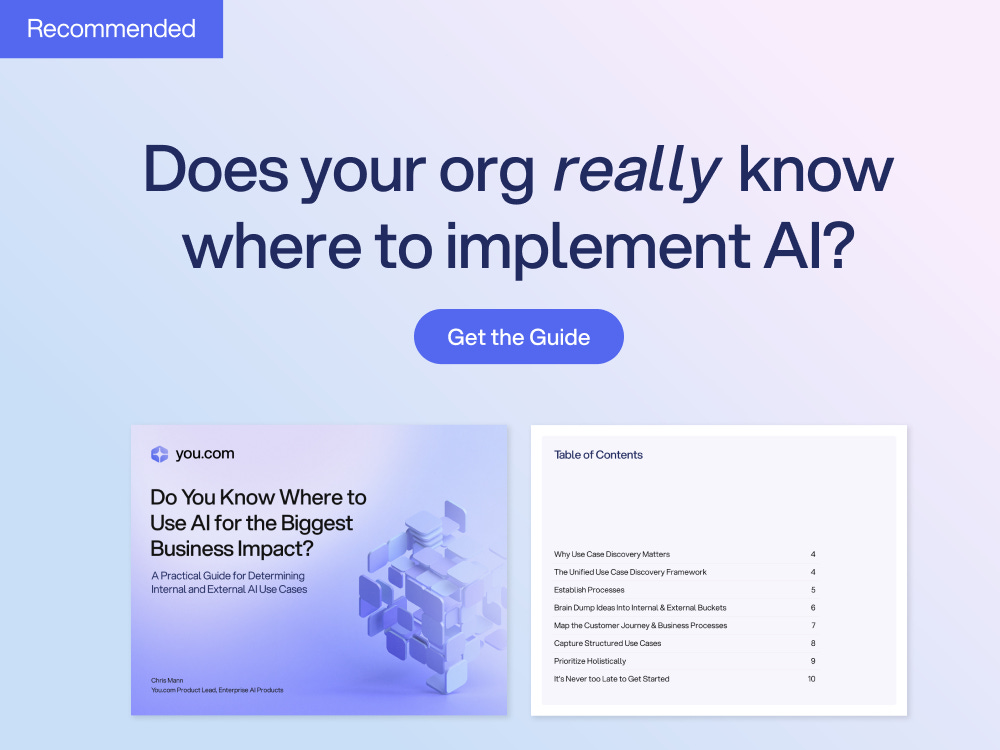
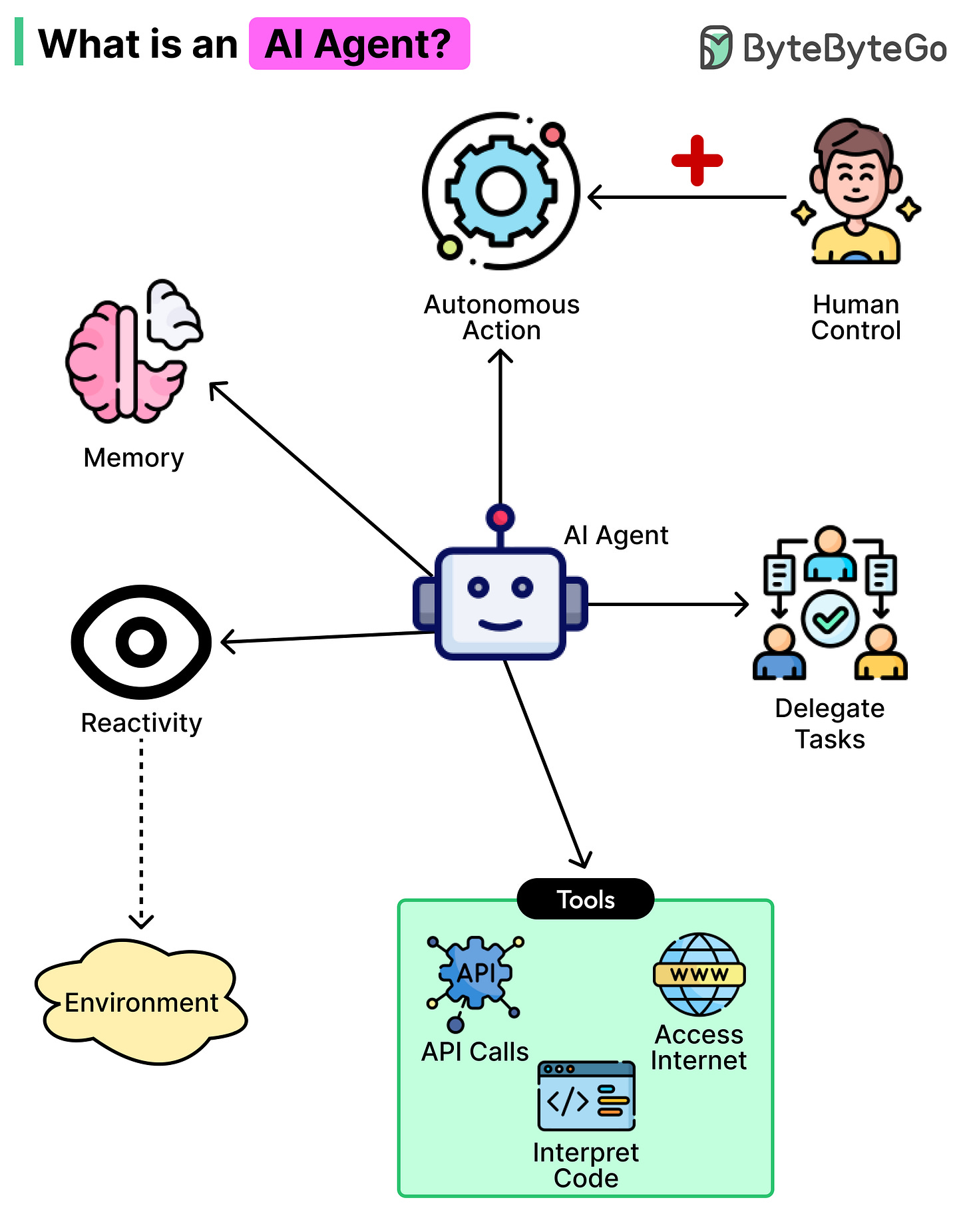
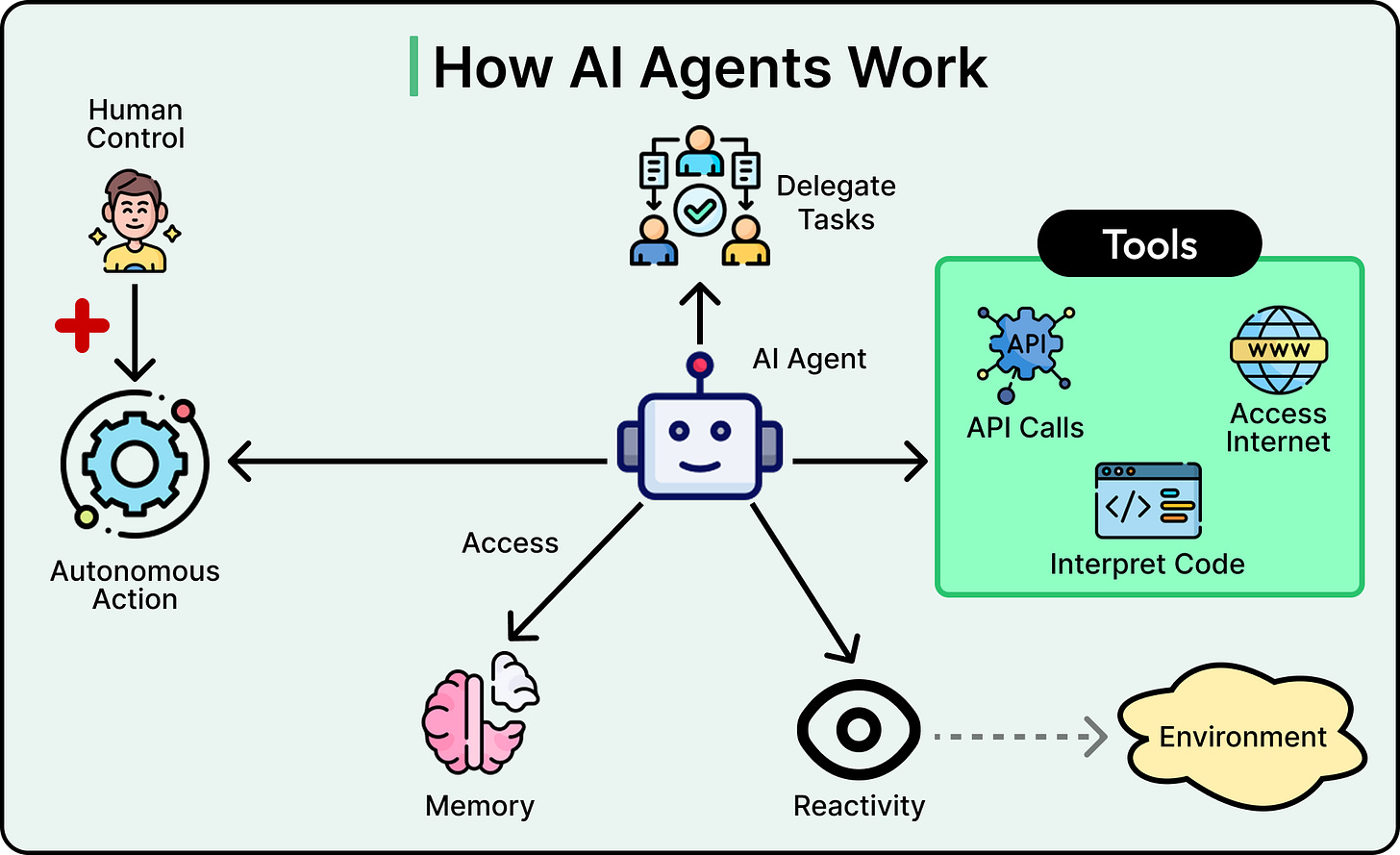
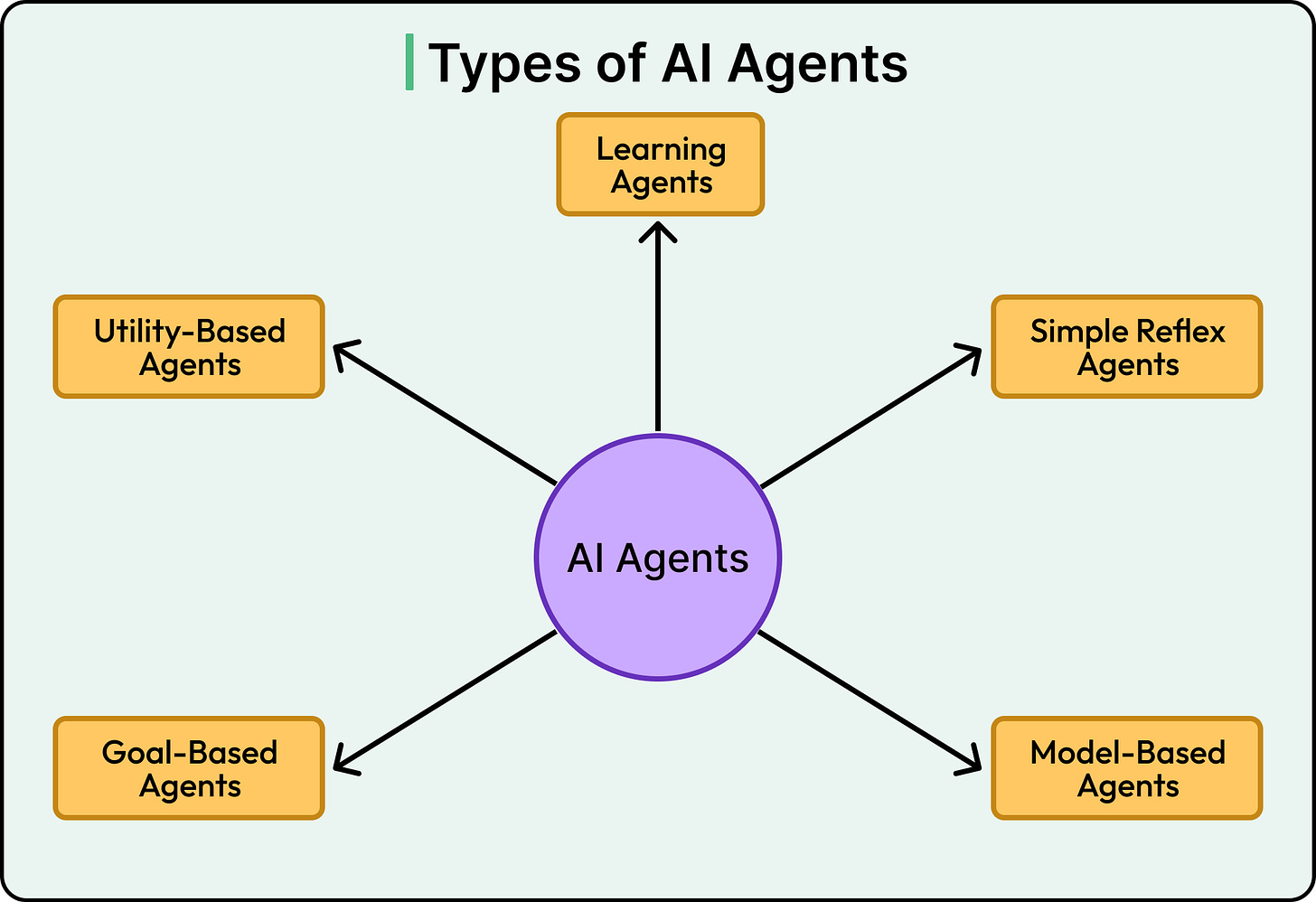
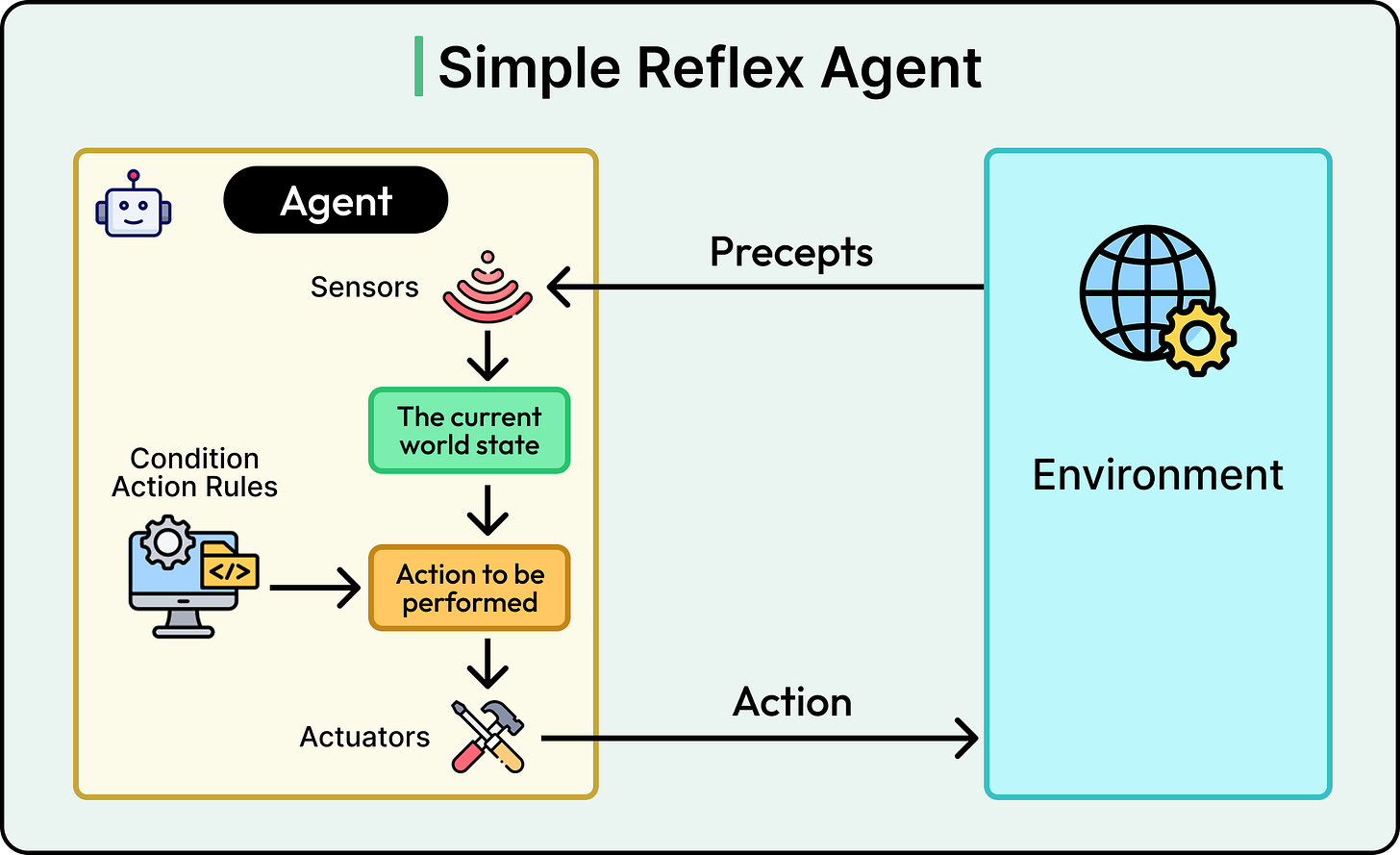
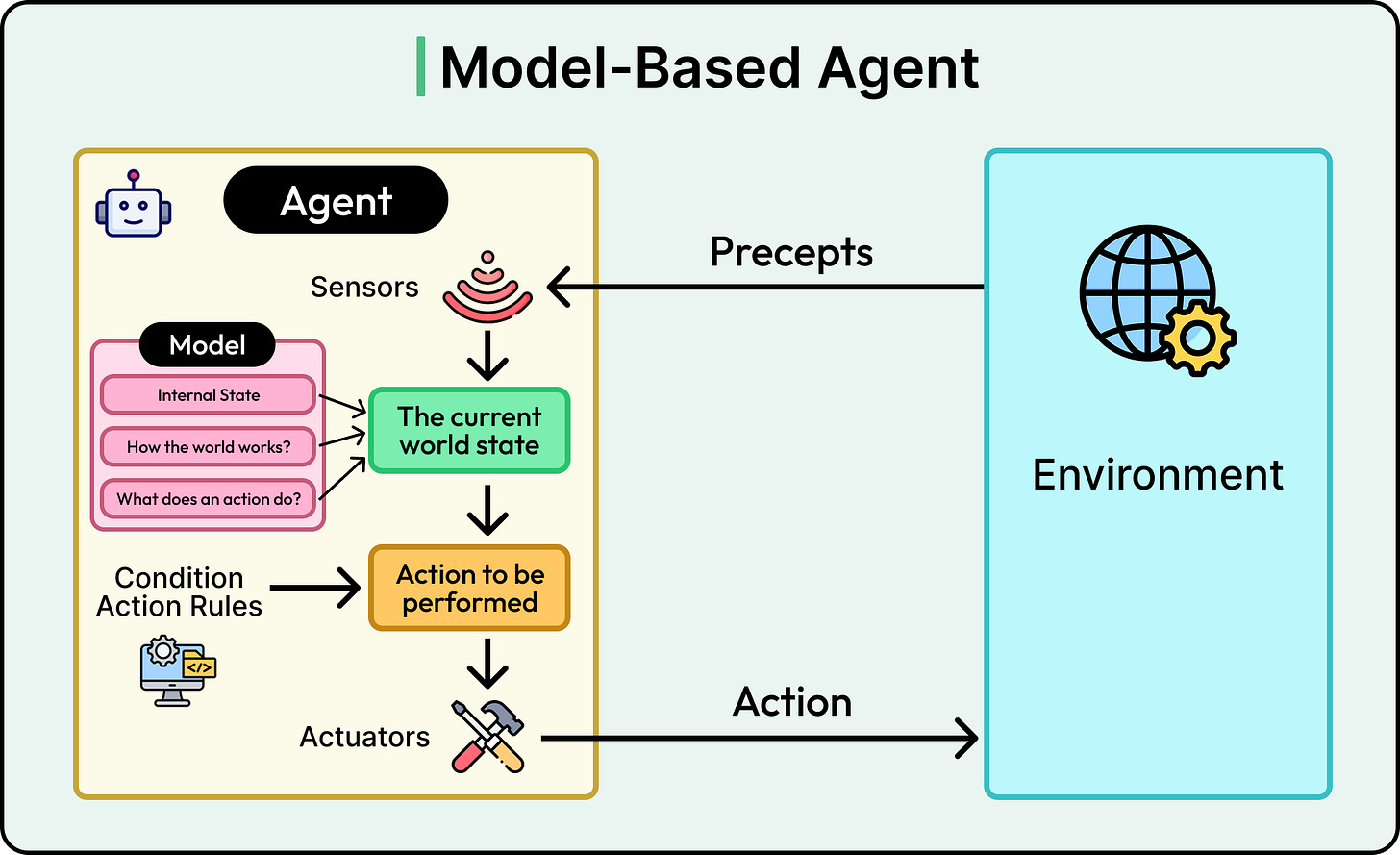
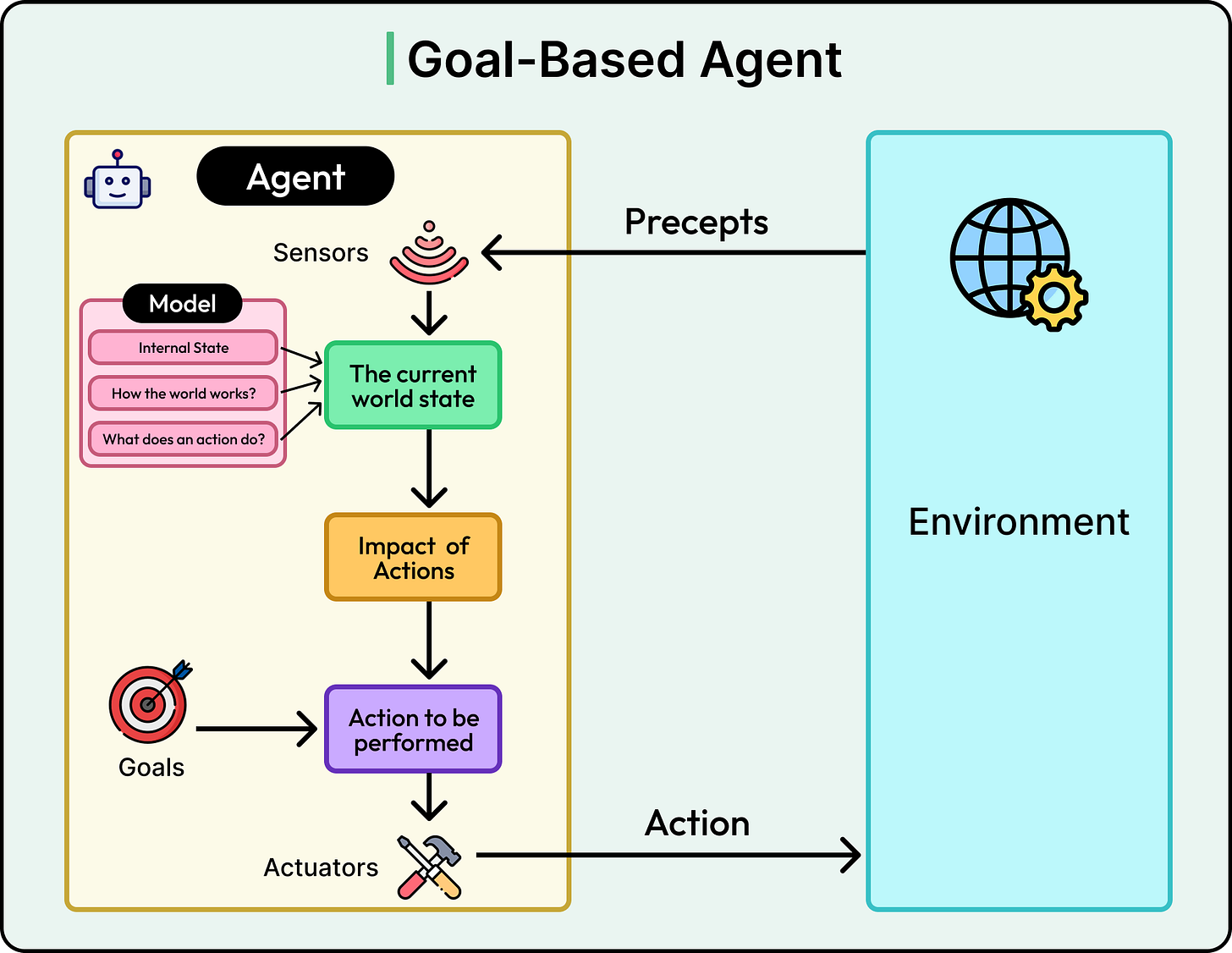
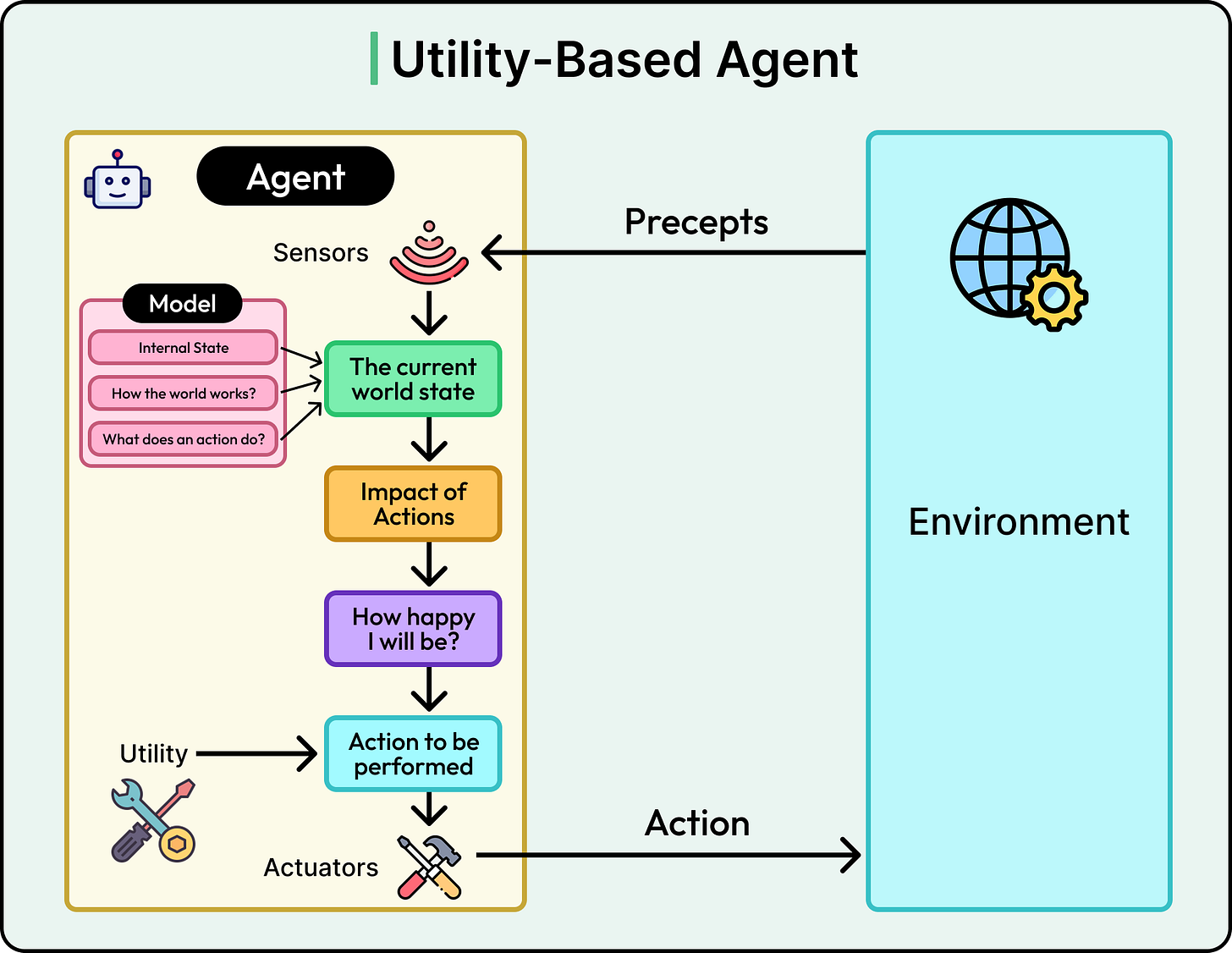
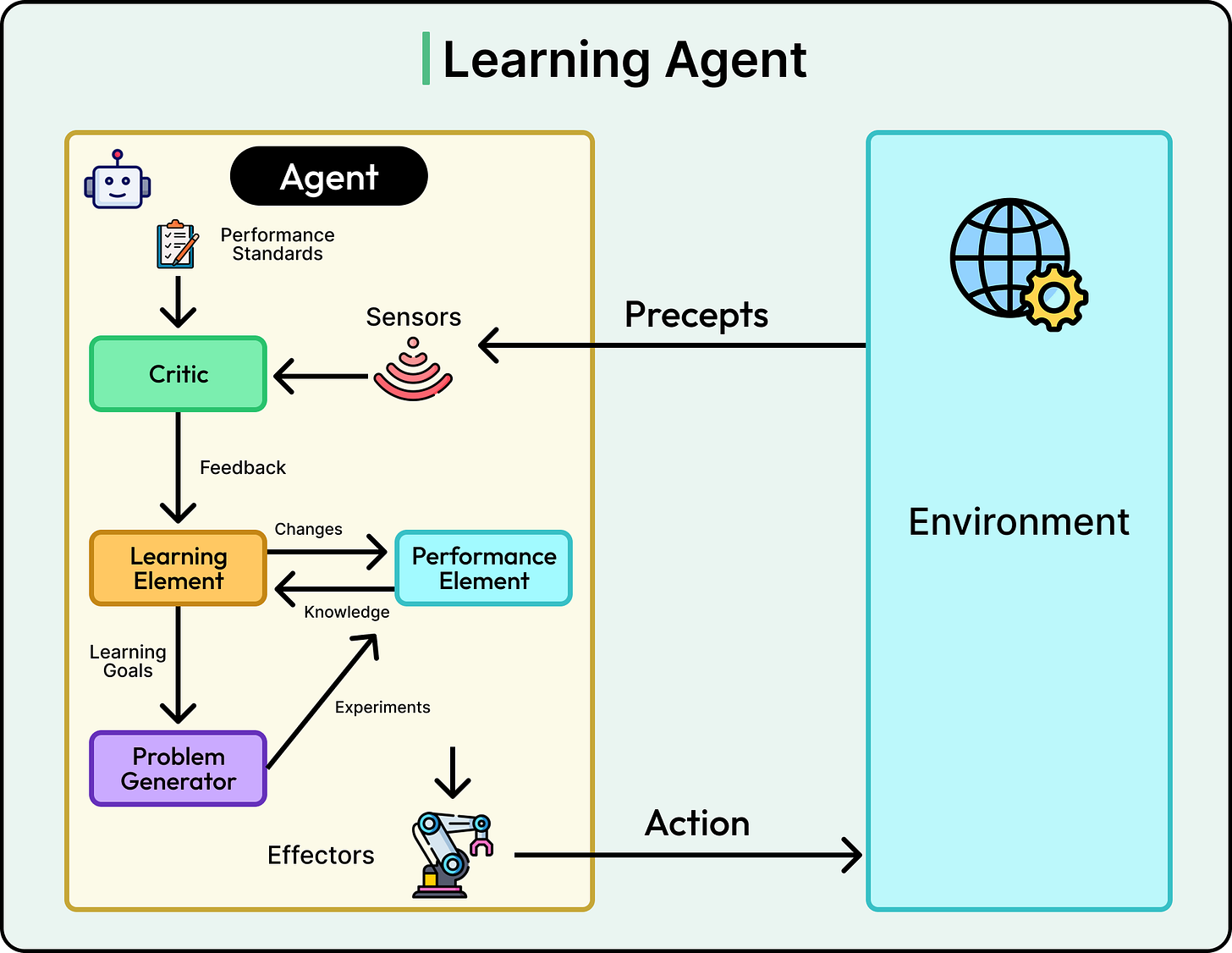
Question: I was using bolt.new to generate a fairly complex application the other day, and I noticed that the reasoning token usage was enormous. It made me wonder - for production-level applications that are heavily reasoning-intensive, what’s the best strategy to manage and save tokens wisely?